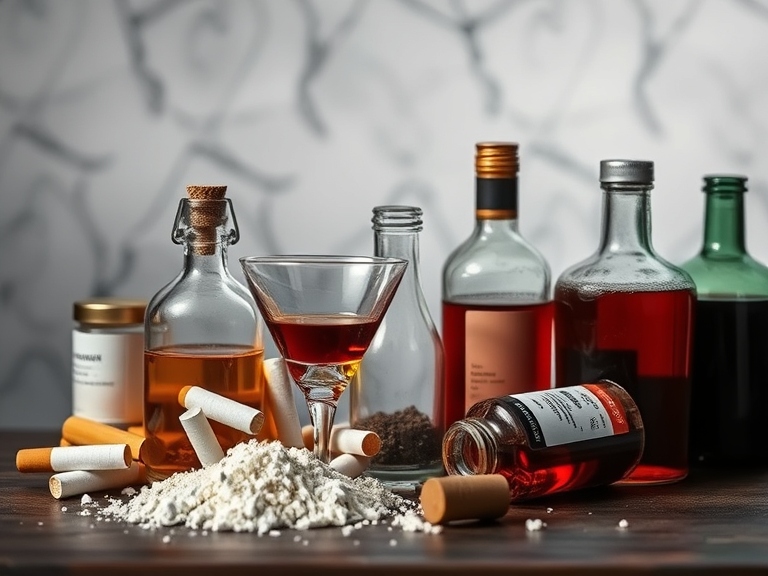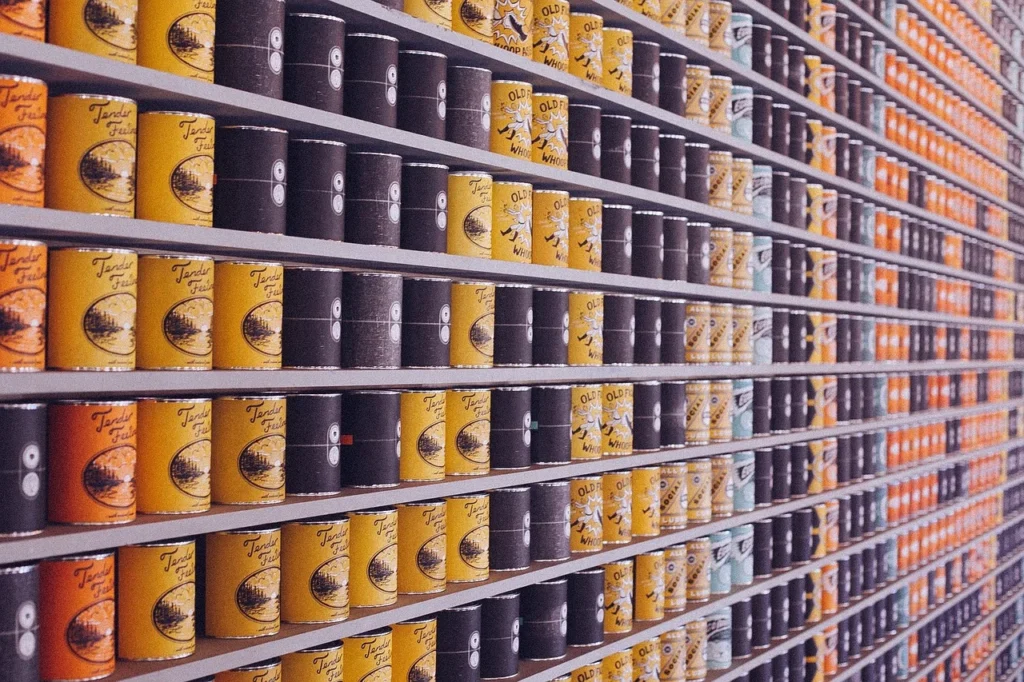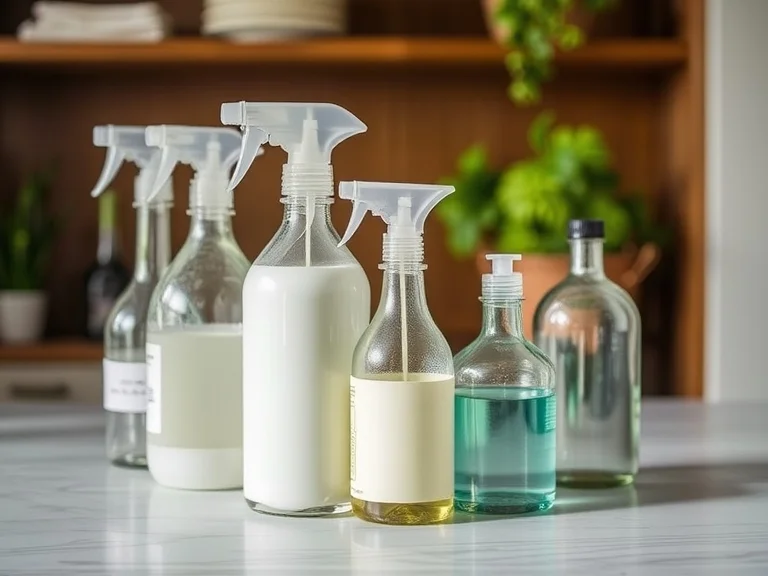Limit Harmful Substances: Published on: Life With Wellness – A Journey to Holistic Health
Table of Contents
ToggleIn today’s world, harmful substances are everywhere—hidden in the foods we eat, the air we breathe, and even in the habits we cultivate. Substances like tobacco, alcohol, drugs, chemical pollutants, and food additives can silently damage our health, causing chronic diseases and shortening our lifespan. Protecting yourself from these substances is essential for achieving holistic health and well-being.
This article explores the various harmful substances in our environment, their impact on physical and mental health, and offers practical strategies to help you reduce exposure. Staying proactive and conscious about what you consume and interact with is an important step toward a healthier lifestyle.
Harmful substances are toxic elements or chemicals that can negatively affect health if consumed, inhaled, or absorbed over time. They come from various sources: lifestyle habits like smoking and alcohol consumption, environmental pollutants, processed foods, and everyday household products. These substances weaken the body’s natural defenses, leading to illnesses like cardiovascular disease, respiratory issues, addiction, and even cancer.
By being mindful of the harmful substances we encounter, we can take steps to reduce their impact, promote better health, and prevent chronic conditions.


The impact of harmful substances extends beyond physical health—they also affect mental well-being. Smoking, alcohol, and recreational drugs alter brain chemistry, increasing the risk of anxiety, depression, and addiction. Environmental toxins like lead and air pollution have been linked to cognitive decline and developmental disorders in children.
Limiting harmful substances contributes to better emotional health, cognitive clarity, and long-term well-being.



Having a network of supportive family, friends, and healthcare professionals makes it easier to stay on track. Therapy or counseling can help address the psychological aspects of addiction or unhealthy habits, while online support groups provide encouragement from people with similar experiences.

Mindfulness helps develop awareness of cravings and emotions, reducing the likelihood of relapse. Techniques such as deep breathing, meditation, and journaling can build mental resilience and improve emotional regulation, making it easier to limit harmful substances.
1. Stay Active
Regular physical activity helps combat the negative effects of smoking and alcohol on your cardiovascular and respiratory systems.
2. Stay Hydrated
Drinking plenty of water helps flush toxins out of your system and improves your overall well-being.
3. Find Healthier Outlets
Engage in activities like meditation, yoga, or hobbies to reduce stress and avoid the temptation of harmful substances.
4. Seek Support
Support from friends, family, or professionals can help you overcome unhealthy habits and reduce substance use.
Limiting harmful substances is a vital part of protecting your health and living a fulfilling life. By quitting smoking, reducing alcohol, avoiding processed foods, and minimizing exposure to environmental toxins, you can significantly improve your physical and mental well-being. Small, conscious changes make a big difference over time. Start today, stay consistent, and reap the rewards of a healthier, substance-free lifestyle.
Reference Links :
Life With Wellness offers practical guidance for a balanced, healthier life. Our mission is to inspire holistic well-being through insights on nutrition, fitness, mindfulness, and emotional health.